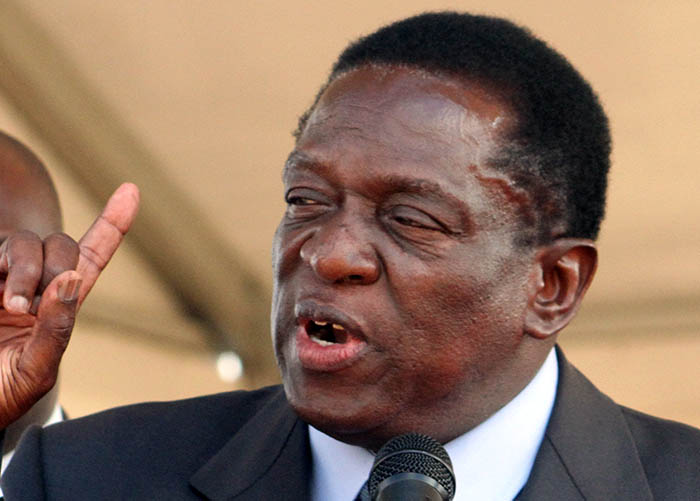EDITORIAL COMMENT: $9bn fund can anchor investment revolution

The revelation by Vice President Emmerson Mnangagwa that local banks are sitting on $9 billion which can be accessed by people with sound investment projects is a welcome development.
The news is timely given that the country is expecting a bumper harvest that will require value addition, which is clearly enunciated in the country’s economic blueprint, Zim-Asset.
There are a lot of crops that did well this year besides maize that was largely financed under the Government’s Command Agriculture Programme, so the scope for value addition is quite broad.
It cuts across many sectors hence there should be a lot of project proposals being lodged with banks for funding. The fact that the facility has been idle calls for companies and individuals, especially the youth, to put on their thinking caps and come up with bankable projects that will unlock this facility.
Unlocking the facility is critical since no tangible benefit will accrue from that money if it continues to sit in banks.
Tangible benefits will only come about if that money is put to productive use. This is very critical if we are serious about turning around the economy through value-addition.
The banks that are sitting on this facility should also do their bit to publicise it because the reason why the facility has been sitting idly might be that very few people know about it and what they are supposed to do to access it.
Since some of the beneficiaries targeted are youths, the Ministry of Youth Development, Indigenisation and Economic Empowerment should be roped in to rally its constituency to submit their proposals and make the most of the facility.
While we applaud the banks for insisting on sound business proposals, we believe that the checks and balances should go beyond just the paperwork.
There should also be checks and balances even after the projects get funding. There is need for a change in mindset when it comes to loans, from consumption to investment.
A lot of people that accessed loans especially during the multi-currency era used the money for consumption as opposed to investment.
The loans were used to buy things such as cars or household property which partly explains the high levels of non-performing loans that banks are struggling to deal with.
The abuse of the National Youth Fund meant to assist the nation’s youth start income generating projects is a case in point.
Recent visits by members of the Parliamentary Portfolio Committee on Youth, Indigenisation and Economic Empowerment to the given addresses of some of the youths that benefited from the fund have revealed that in most instances there were no projects being undertaken, yet the funds had been given based on business proposals supposedly vetted by the banks.
There was also little evidence that the ministry made follow-ups on the ground. Those mistakes should never be repeated.
If indeed we are keen to turn around the economy, it is important to point out that the money in the banks is for free.
There is also the need to ensure that the terms that are attached to this facility are reasonable and fair enough not to frustrate genuine entrepreneurs who require funding.
The $9 billion will be of little use to the country if the conditions attached are unattractive because no-one would want to borrow. One of the sticking points with available facilities has been the interest rates charged and tenure of the loans.
Most loans on offer attract high interest rates because their tenure is usually short-term, yet businesses require long-term loans that attract low interest rates. It is, therefore, important to balance prudence by banks with the greater desire to promote and foster entrepreneurship among the youth.









Comments